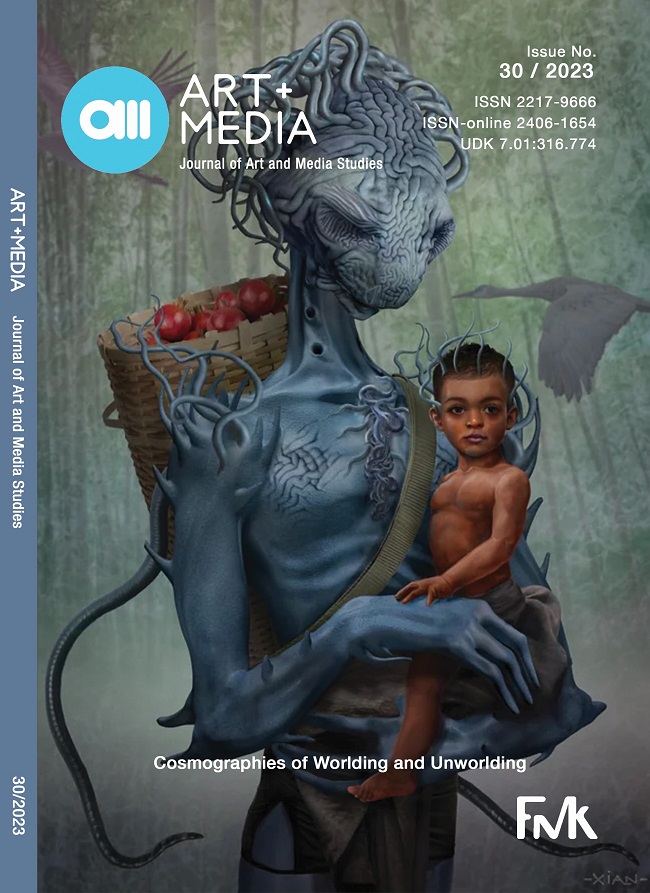The Relationship of the Stream of Consciousness Technique Defined in Literature with Architecture
The Relationship of the Stream of Consciousness Technique Defined in Literature with Architecture
Author(s): Gamze Çapkinoğlu, Muteber ErbaySubject(s): Architecture, Aesthetics
Published by: Fakultet za medije i komunikacije - Univerzitet Singidunum
Keywords: stream of consciousness technique; free association method; the flow of art and thought; neurosis and creativity
Summary/Abstract: The stream of consciousness technique has developed with research on consciousnessin psychology and philosophy and has turned into a technique defined in modern literature.In this technique, thoughts that do not form a certain pattern are transferred to paperrandomly with the flow of thoughts passing through the mind of the author. In this way, adeep internal and interpretive relationship is established between the author and the reader. Itis possible that the stream of consciousness, which triggers the formation of creative thinkingat the point of producing works of the author, has a negative or positive effect on the creativityof the artist in other branches of art. This study focuses on the existence of the stream ofconsciousness technique defined in literature in the field of architecture, which is directly orindirectly fed from almost all branches of art. For this purpose, first of all, the use of the streamof consciousness technique in literature was emphasized, then analyses were carried out on theexamples that mutually reveal the stream of consciousness in the field of architecture, whichis also fed from other branches of art. As a result of the study, it was revealed how the streamof consciousness technique affects the creative production in terms of the artist, the depthof meaning it has in terms of the resulting work, and the interpretation skill in terms of thereader, viewer, or user.
Journal: AM Časopis za studije umetnosti i medija
- Issue Year: 2023
- Issue No: 30
- Page Range: 231-243
- Page Count: 13
- Language: English

